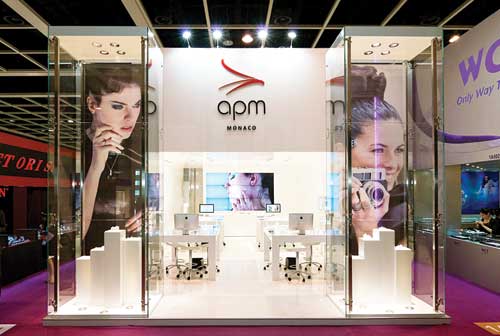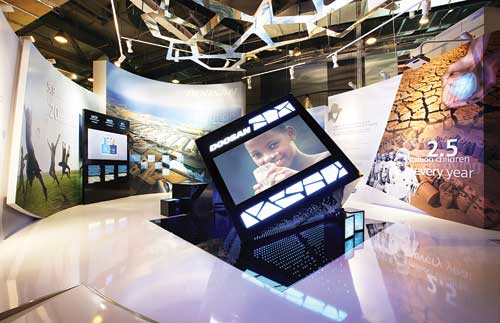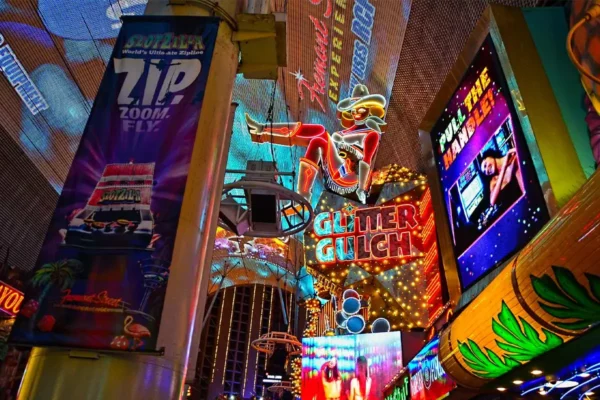Although the Asian exhibition and tradeshow industry continues to grow at a rapid pace, one should bear in mind that Asia is not a monolith. Industry observers and players are still trying to gain a better understanding of how things work in different Asian cities. Differences in local culture, pricing, rules and regulations, and quality perception remain foremost on their minds. Based on the insights of industry veterans in Asia, the following attempts to shed light on some key concerns:

Keep an open mind about cost
The cost of skilled manpower, design, production and storage among others has risen across Asian cities since 2007. Within China for instance, cities like Shanghai and Beijing face higher costs as compared to cities like Guangzhou and Zhuhai.
“Although labor is abundant across China, skilled labor is still hard to come by, as these individuals prefer to set up their own companies instead of working for others,” according to Ms. Mill Luk, director of Kingsmen Hong Kong Ltd.
In Macau, special work visas are required in order to work in the territory; hence changes in manpower costs are very much an issue of demand versus supply. Higher set-up cost for the production of fixtures or furnishing is mostly due to stringent regulations and certifications imposed by the Chinese government.
Production costs in different regions of China vary as well, as several industries are now gearing toward mechanization to deliver better standards. Rent and storage costs remain high in land-scarce Hong Kong, while exhibition halls in Seoul and Singapore charge overtime fees after 8 p.m. and 6 p.m. respectively. Over in Dubai, manpower and resources are largely imported to cater to the needs of growing industries.
Once considered a ‘design importer,’ Asia is now becoming a ‘design exporter’ in her own right – raising the bar in terms of quality and speed. All these are just some of the reasons behind the difference in costs for Asian cities, but the big cost divide that spurred Asia’s initial growth is gradually narrowing to match that of Europe and the U.S.
Manage expectations of standards and materials
Pipe and drape systems and tension fabric structures might be popular in the U.S., but hard-walled, panel systems are the norm in Asia. Rental exhibits and custom design stands are also still the modus operandi for exhibitors in Asia. Due to the frequency of use, storage and logistics costs, and a preference for new designs, Asian exhibitors often choose to build and burn approach. In cities like Seoul and Tokyo, wallpaper is the norm as it is readily available in high quality. It lends itself to the smooth finish of an interior, and exhibition halls don’t permit painting on site. Materials like plywood are preferred over MDF boards because of higher humidity levels.

To produce high quality standards, companies tend to hire individuals who specialize in a particular trade like carpentry rather than one who performs multiple roles. It is common for the main contractor to handle the design, overall production and project management for the job; engaging the services of skilled sub-contractors for painting, electrical services and flooring. This is to ensure good craftsmanship and faster delivery.
Engage a local partner
The industry standard for build-up time for most tradeshows in Asia is 2-3 days or 5-10 days for heavy machinery and automotive shows. That is why it’s important to engage a local partner with a strong network to help you maneuver the ins and outs of the city you’re exhibiting in.
For first-time exhibitors and even seasoned ones, the local customs, rules and regulations of the host country, show organizer, exhibition hall owners and legislative authorities can be daunting. But it shouldn’t be a barrier to entry, as all countries are working to promote the MICE sector. The Thailand Convention and Exhibition Bureau (TCEB) and the Vietnam Chamber of Commerce and Industry (VCCI) for example, are introducing initiatives such as expert training programs and increasing venue options.
On a micro level, local partners can advise you on the specific requirements of eco-friendly exhibition halls in Seoul, tricky customs issues in China and India, or even share how Asian companies dislike having their corporate logos on the show floor because of feng shui (Chinese system of Geomancy).
The main local players will also have affiliations with various industry associations like the Singapore Association of Convention and Exhibition Organizers and Suppliers (SACEOS) that could benefit first-time exhibitors who wish to familiarize themselves with the host country’s industry practices.
Armed with these rules of thumb, one should be off to a good start in the exploration of Asia’s latest MICE destinations. Keeping in mind cultural differences and expectations, there are exciting opportunities in store for the Asian exhibition and tradeshow industry.
The contributor is the Sales & Marketing Director of Kingsmen Exhibits Pte Ltd, a leading communication design & production group in Asia Pacific & the Middle East.





























